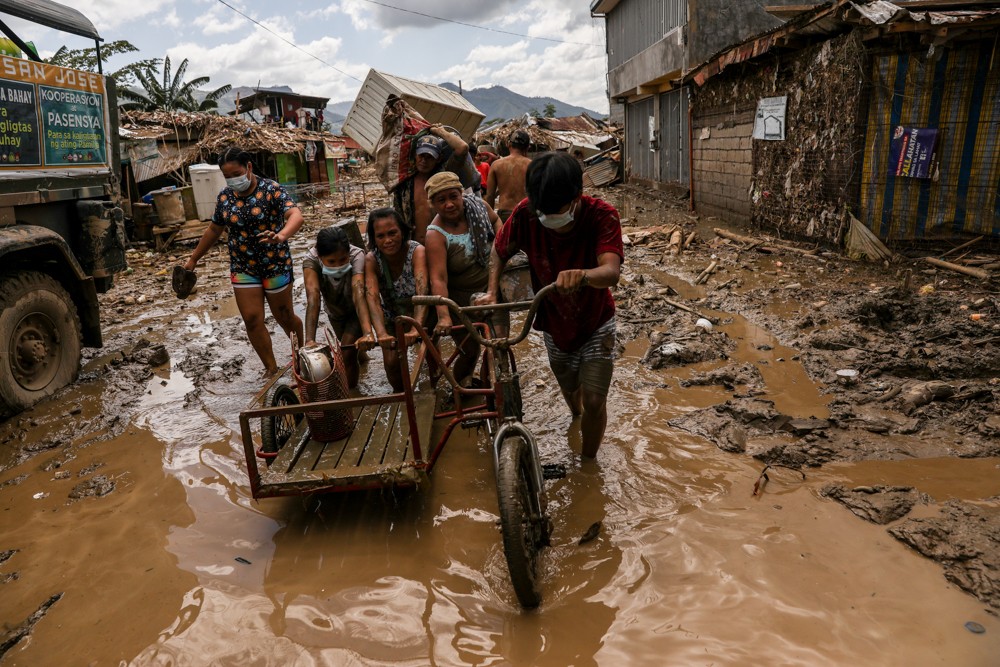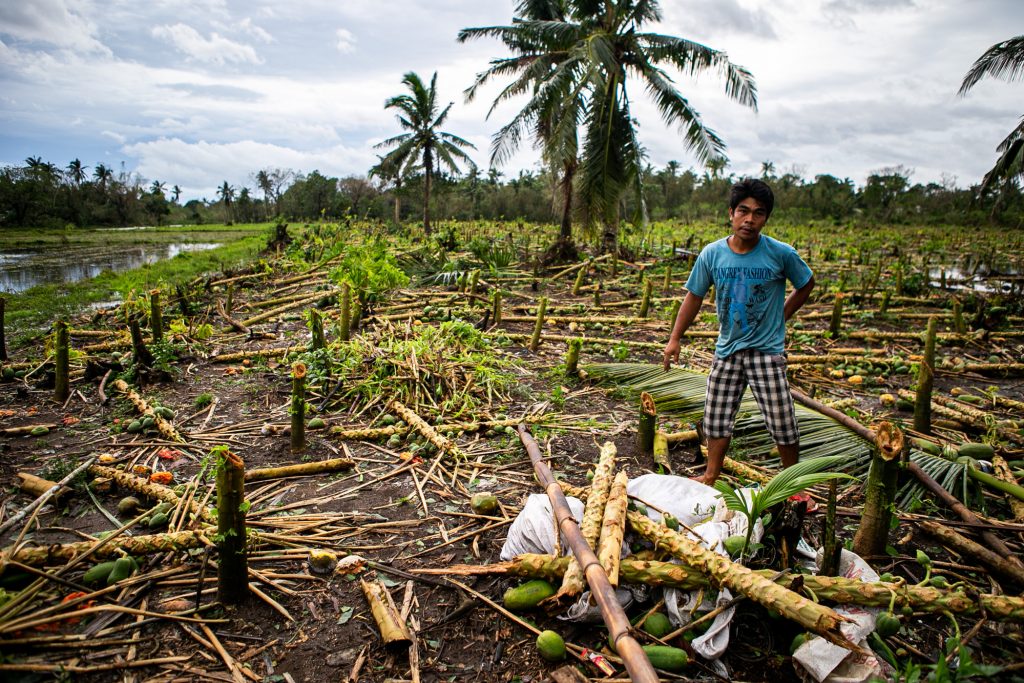
Financial inclusion and increased social protection are critical as the Philippines is experiencing an economic downturn brought by the COVID-19 pandemic, alongside the series of disasters that hit the country in 2020.
These findings were spotlighted in the latest study called “Building Elements of Sustainable Disaster Risk Financing Strategy” launched on February 19 by Oxfam, a humanitarian and development organization, and MicroFinanza, a global rating agency specializing in inclusive finance.
According to the study, disaster risk financial services like loans, savings, insurance, and cash transfers can help vulnerable communities to protect their assets and help secure their overall wellbeing even before a disaster strikes.
“This pandemic reveals that we cannot afford to be unprepared as disasters are becoming more frequent and devastating,” said Lot Felizco, Oxfam Pilipinas country director.
“Providing low-income families in disaster-prone communities with access to sustainable disaster risk financing can help reduce people’s vulnerabilities and increase their capacity to prepare, mitigate, and cope with disaster risks,” added Felizco.
The study found that none of the surveyed financial institutions are currently offering pre-emptive services as the focus has been on post-disaster intervention.
Financial institutions, however, showed interest in the concept of pre-emptive financial services and the adoption of disaster preparedness and mitigation approaches, especially in terms of microfinance and micro-insurance.
“As vulnerable as their clients, the financial sector would benefit in the long run if their clients are economically stable and capable of financially managing the stresses and shocks brought about by disasters,” read the study.
The study also cited the recommendation of financial institutions on the need to develop the framework and elements of sustainable disaster risk financing, which include the accuracy of weather forecast, its availability in different geographical locations, price affordability, user demand, client’s financial literacy level, funding, and credit-risk sharing mechanisms.
“The scoping study on the feasibility, viability and appetite for weather-based pre-emptive financial products for disaster prone communities in Philippines, opened up deeper understand regarding the needs, and the requirements for several business frameworks to be in place to roll out the innovative pilot,” said Dikshya Dawadi of MicroFinanza Rating.
“With further studies on the target market, client awareness and acceptance for pre-emptive financial products, and support required by the financial institutions; products can be developed to be piloted in various climate vulnerable locations,” added Dawadi.

Technical support for product design and staff training and the provision of financial literacy and disaster preparedness training for clients are also recommended.
“There is need for the government, private sector, academe, technology firms, NGOs, and CSOs to work with each other and with the insurance industry to overcome some of the systemic challenges including lack of uniform or inter-operable standards and definitions, an insufficient wealth of research and development combing technical, economic and social analysis and approaches with regards to risk financing, and lastly the lack of public awareness regarding the topic,” said Assistant Secretary Hernando Caraig of the Office of Civil Defense.
“Our continued partnerships will play a key role in addressing these significant gaps and in supporting the sustained growth and economic development of our country, with the ultimate goal of enhancing and strengthening our collective resilience,” said Caraig.
Apart from banks, the study also shows the importance of informal financial service providers like pawn shops, credit cooperatives, microfinance non-government organizations.
Citing Findex 2017 data, the study shared that only 11.9 percent saved money at a formal financial institution over the past year versus 58.7 percent of adults declaring having saved money.
Data from Bangko Sentral ng Pilipinas also indicate that insurance penetration remains low 1.65 percent during the first quarter of 2019.
“Savings and insurance proved to be areas that can be further explored for growth,” the study added.
Oxfam is currently implementing the B-READY Project, an innovation that combines weather forecasting and pre-disaster cash transfer technology that allows communities to protect themselves and minimize damages to livelihoods and infrastructures before a disaster strikes.
The project is implemented together with the local government of Salcedo in Eastern Samar, Plan International, People’s Disaster Risk Reduction Network, PayMaya, and Smart Padala.
Last year, the country was battered by successive typhoons, especially in the Bicol region.
The National Disaster Risk Reduction and Management Council reports that super typhoon Goni alone affected over two million people nationwide, and left US$240 million worth of damage to infrastructure, including 170,000 houses damaged.
Source: Licas Philippines
0 Comments